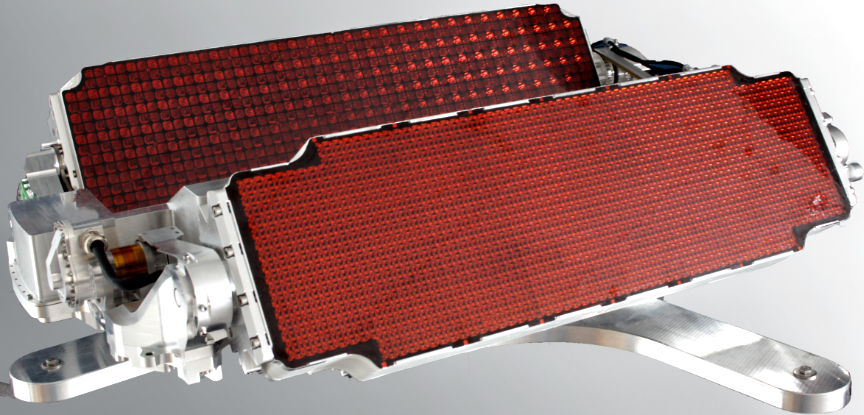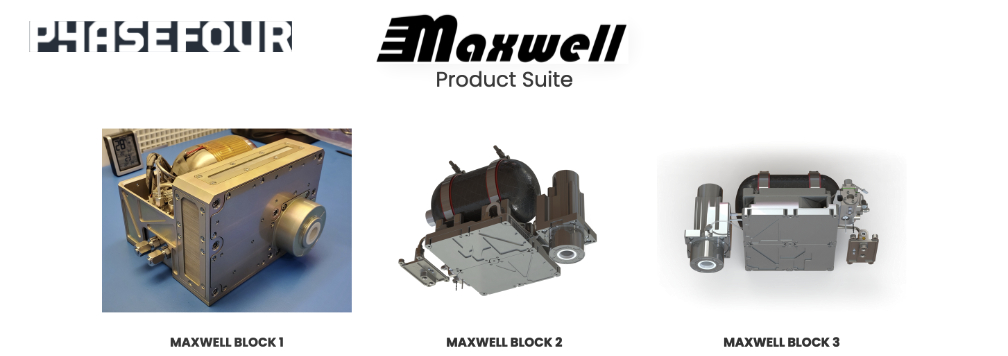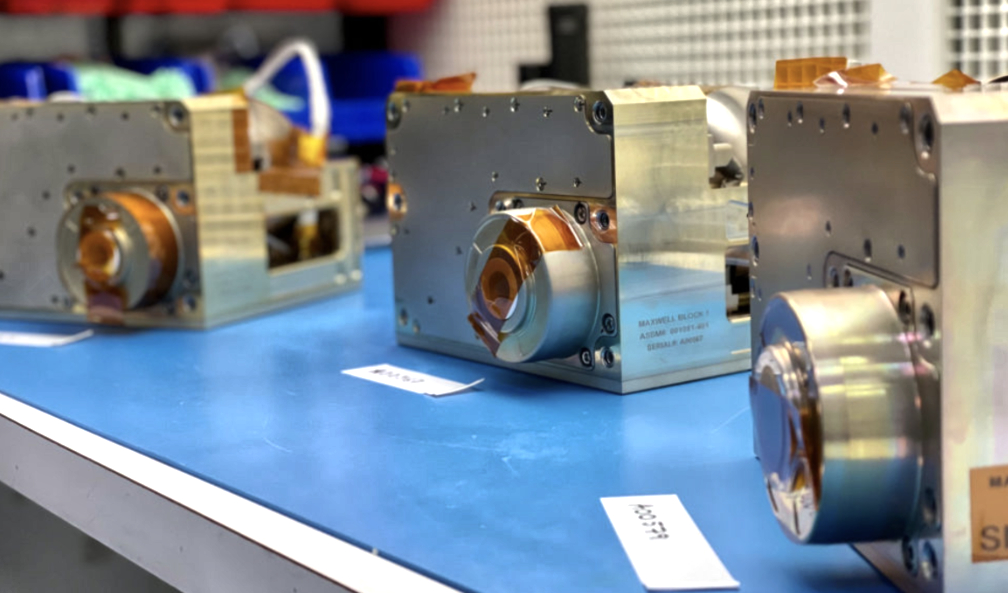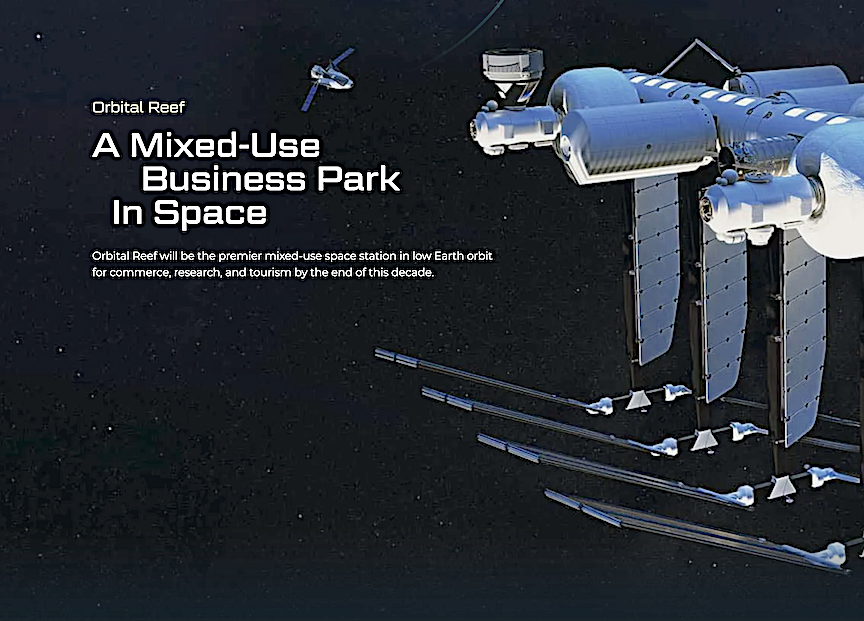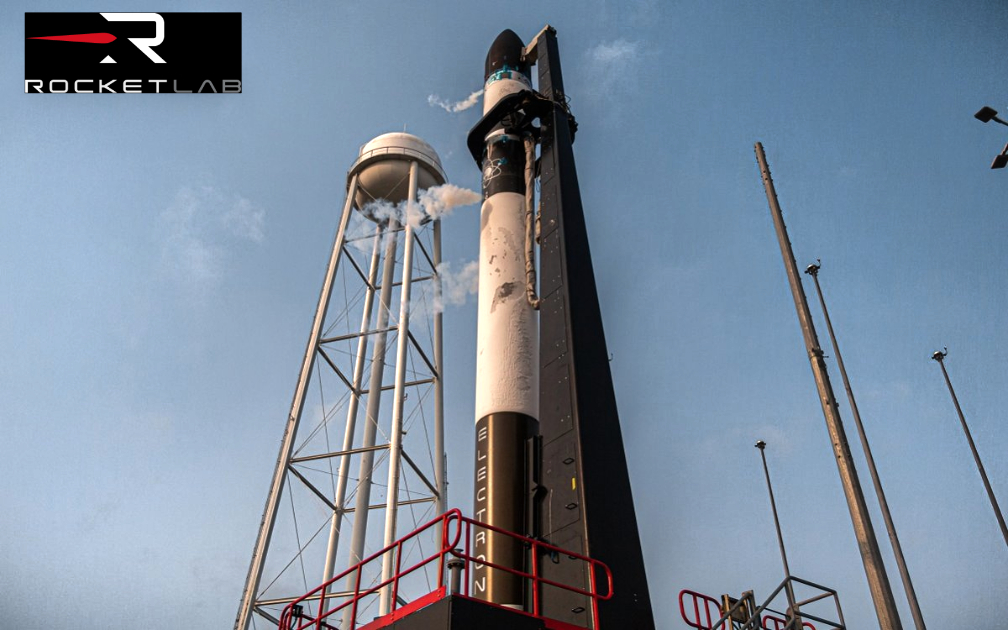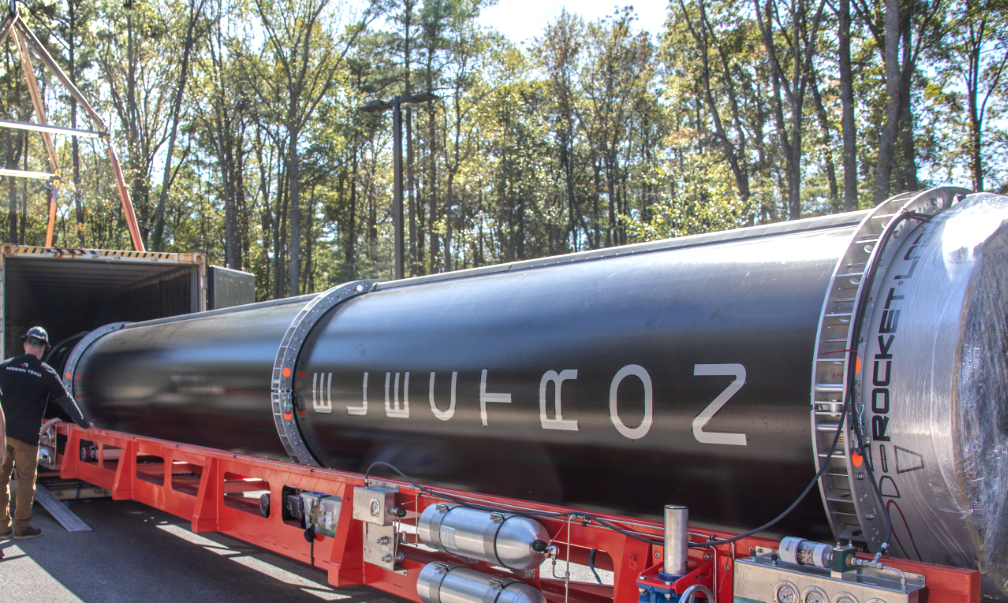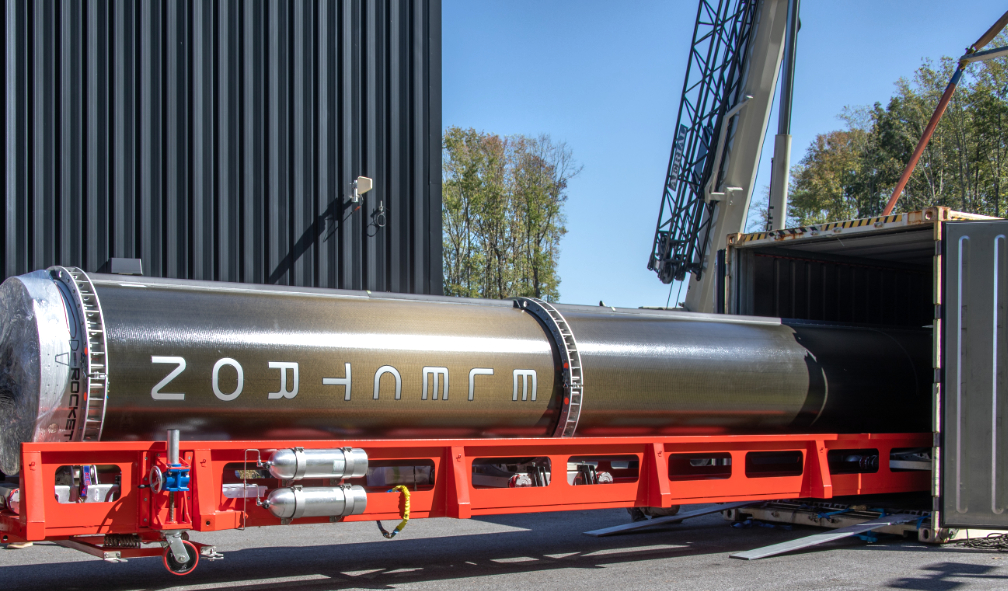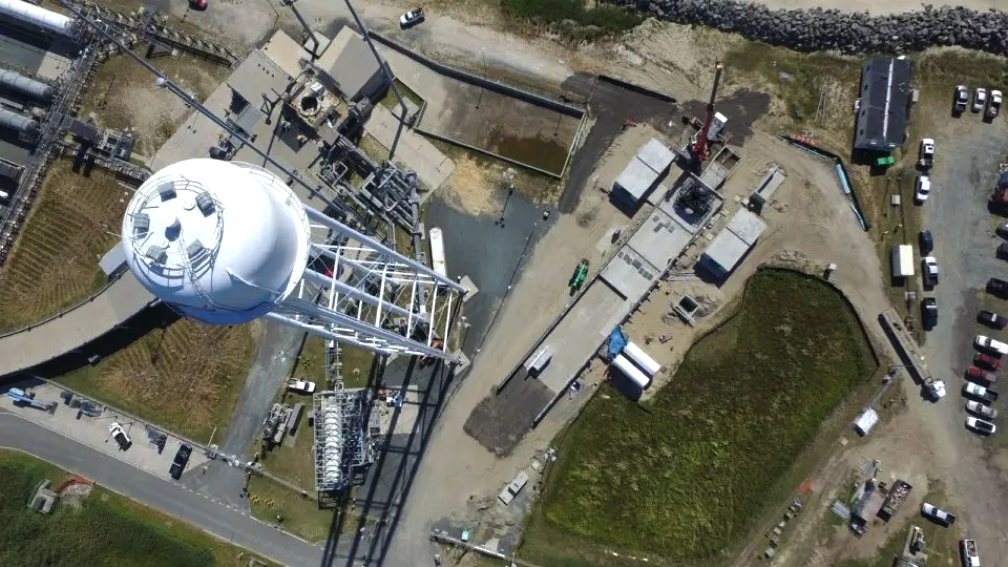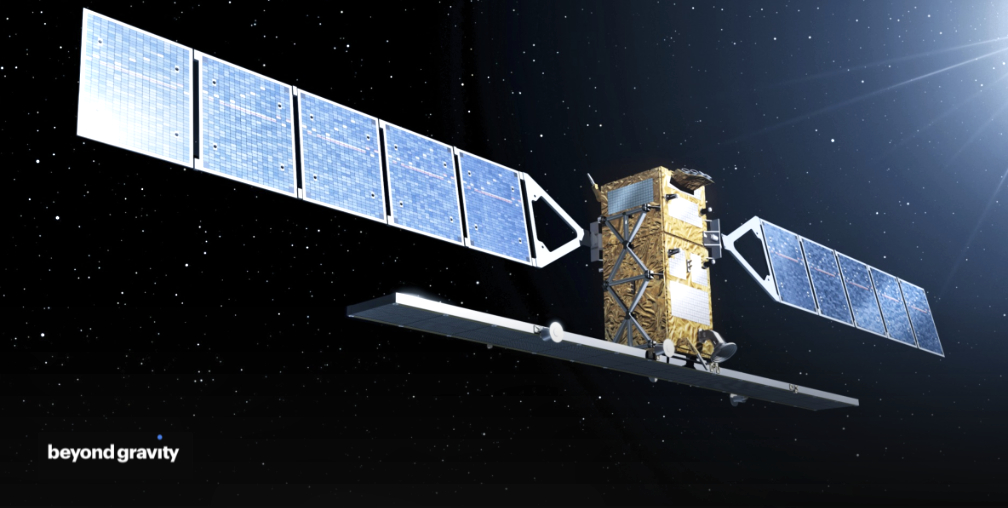
Beyond Gravity has been selected to supply equipment for Loft Orbital’s Longbow spacecraft based on the Airbus Arrow platform — the physical equipment is referred to as the Power Control & Distribution Unit (PCDU).
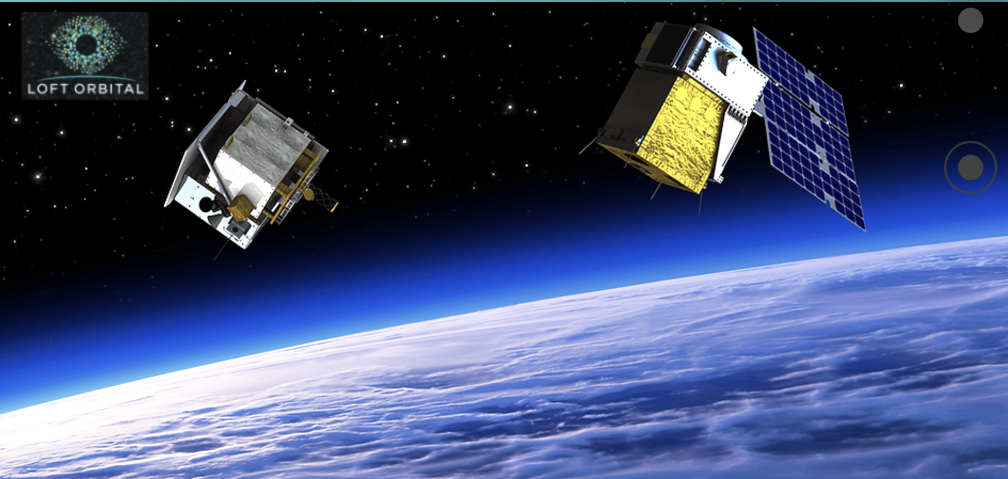
The PCDU provides mission critical power supply capabilities and on-orbit configurability for “The Hub” that carries all payloads of a Loft Orbital’s satellite and provides an independent electrical, computing and communication environment. Beyond Gravity will deliver PCDU flight units for more than 15 Loft Orbital satellites.
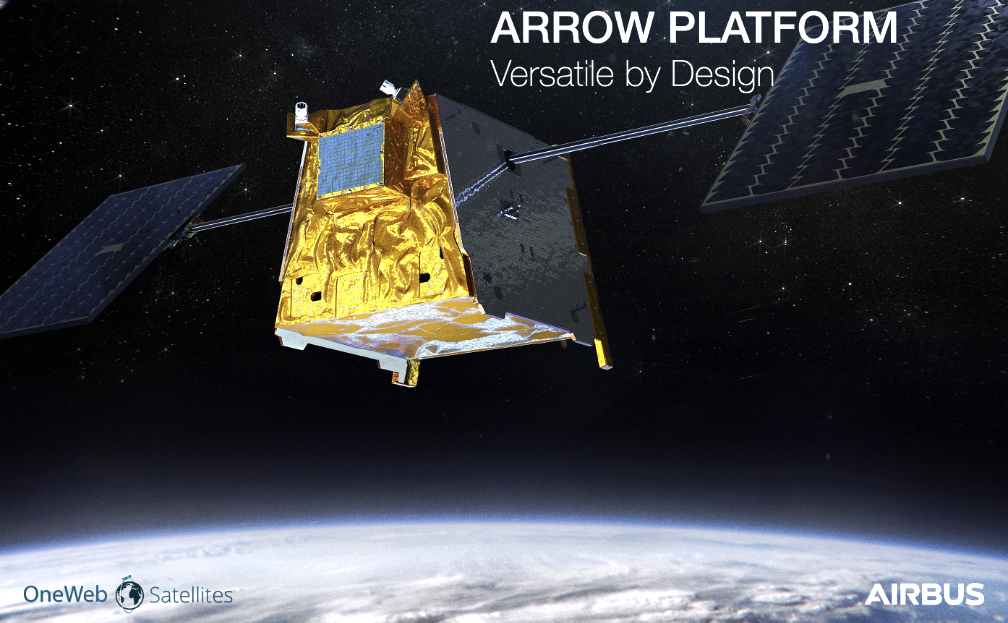
“Our partnership with Loft Orbital and this order is underlining Beyond Gravity’s strong standing in the global commercial New Space market. The PCDU enables Loft Orbital to be fully product-based, leading to standardization, shorter lead times and high cost-efficiency,” said Anders Linder, head of the Satellites Division at Beyond Gravity. “I am grateful to our partners at Loft Orbital for selecting Beyond Gravity and excited to be working with them to support their future missions.”
“When looking for partners to fulfill our technical, quality and price-performance needs, Beyond Gravity allowed us to put in a high degree of customization, meeting our stringent system-level requirements, whilst still leveraging their existing experience and translating that to a balanced New Space solution. Of equal importance is the right way to communicate and collaborate, which has been another positive experience for both teams,” said Pieter van Duijn, Loft Orbital’s CTO.
“Our collaboration with Beyond Gravity demonstrates Loft Orbital’s strategy to rely on the strong and competitive European ecosystem of space systems suppliers,” said Emmanuelle Meric, General Manager France of Loft Orbital. “We look forward to strengthening our partnerships with leading space companies such as Beyond Gravity.”
Beyond Gravity Beyond Gravity, headquartered in Zurich, Switzerland, combines agility, speed, and innovation with decades of experience and proven quality. Approximately 1700 employees at 12 locations in six countries (Switzerland, Sweden, Austria, Germany, USA and Finland) design and manufacture products for satellites and launch vehicles with the goal of advancing humanity and enabling exploration of the world and beyond. Beyond Gravity is the preferred supplier of structures for all types of launch vehicles and a leader in selected satellite products and constellations in the New Space sector. In 2021, the company generated revenues of approximately CHF 319 million.
Loft Orbital Loft Orbital is the pioneer in providing space infrastructure as a service. Loft mission is to be the fastest, simplest, and most reliable path to orbit for any payload. The company flies customer payloads onboard quarterly scheduled satellite missions, and handles the entire mission as a service. Loft customers can thus focus on what matters most to them: their payload and the data it collects. To make it possible, Loft Orbital has developed the software and hardware products that make Loft satellite missions truly plug and play, eliminating years of complex design and engineering. With qualified, commodity satellite buses procured in advance and available off-the-shelf, Loft delivers payloads to orbit in months not years. Loft Orbital will add a third satellite to orbit in November and has contracted more than 20 satellites to be flown by 2025.

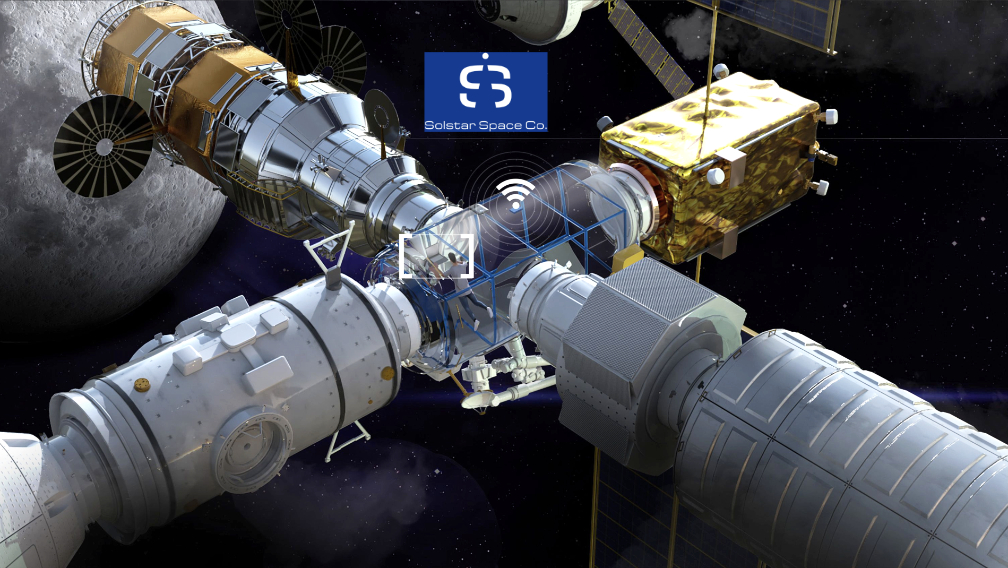


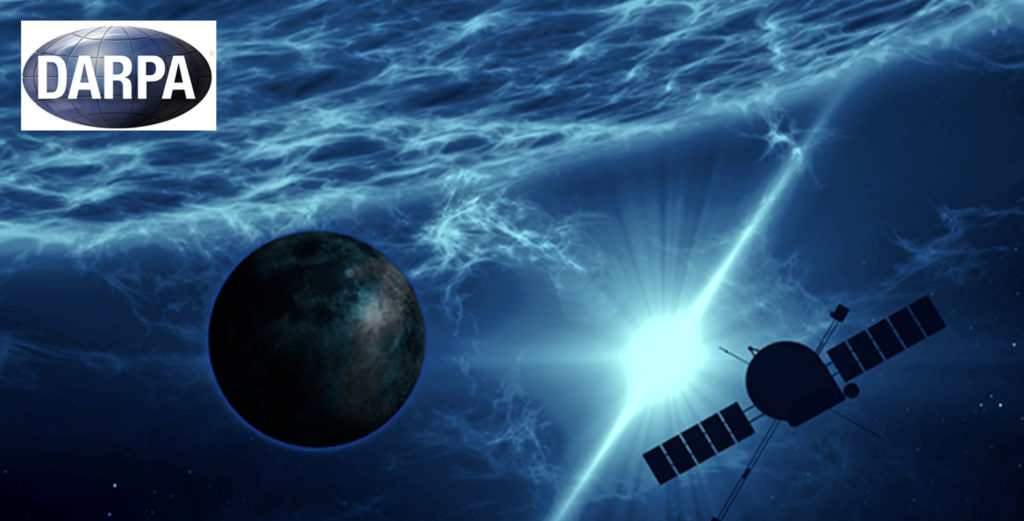
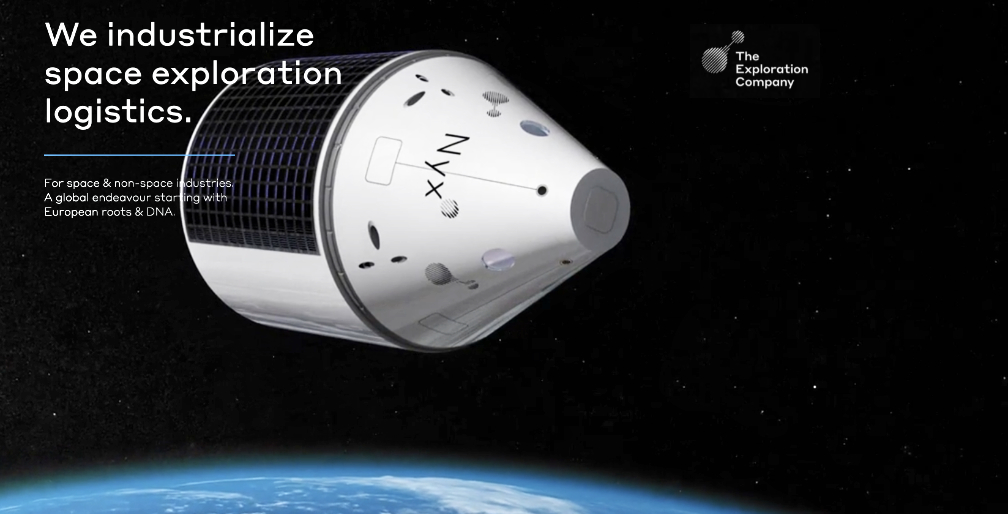
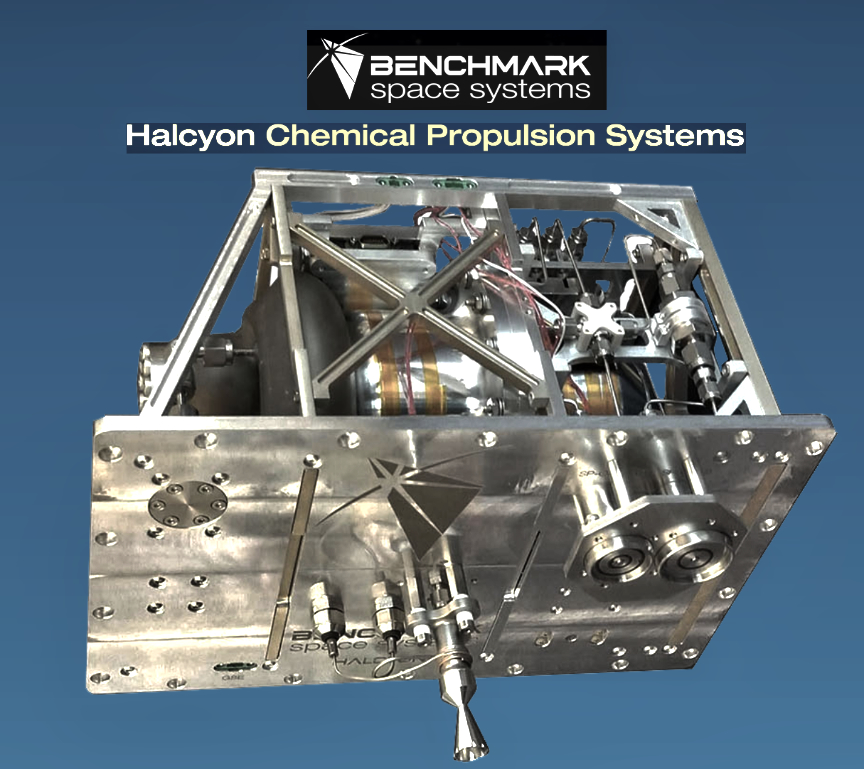


 signal mapping product: VHF and UHF Flex.
signal mapping product: VHF and UHF Flex.


